Introduction
The Giant Sequoia (Sequoiadendron giganteum) stands as one of nature’s most awe-inspiring creations. Known for its colossal size, fire-resistant bark, and impressive longevity, this tree is a marvel of the natural world. While native to the western slopes of the Sierra Nevada mountain range in California, its majestic presence and ecological benefits make it an intriguing option for homeowners and landscaping enthusiasts in Victoria, B.C. This article delves into the distinctive features, suitability, care practices, and environmental benefits of the Giant Sequoia, providing valuable insights for those considering adding this botanical giant to their landscape.
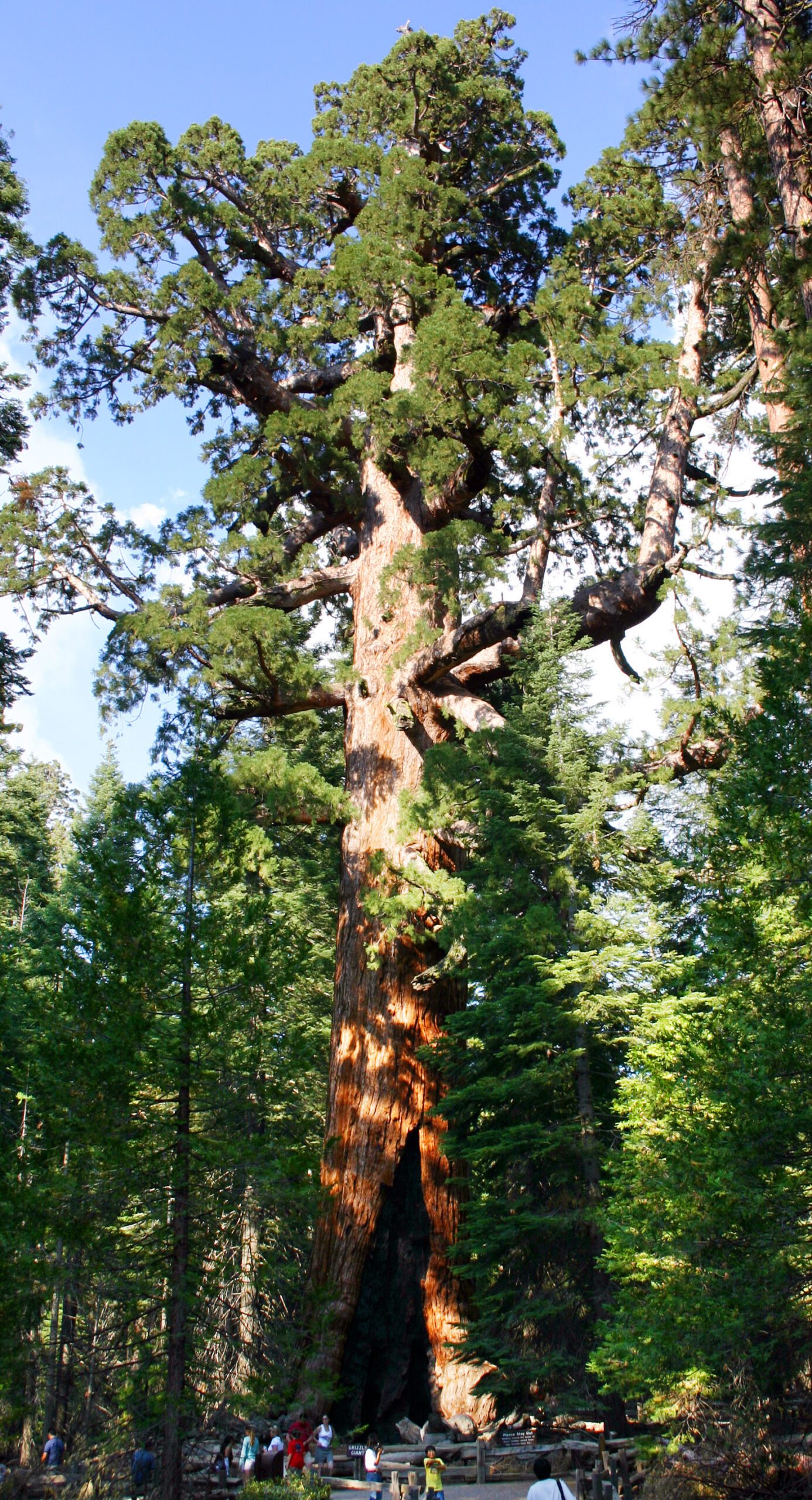
Mike Murphy, CC BY-SA 2.0 https://creativecommons.org/licenses/by-sa/2.0, via Wikimedia Commons
A Glimpse into the Past
The Giant Sequoia has a rich history dating back millions of years. First documented by Europeans in 1852 by Augustus T. Dowd, it was scientifically named in 1853. These trees have long been symbols of endurance and longevity, standing tall through centuries of natural events. Historically, they were used for timber due to their durable and decay-resistant wood, but conservation efforts have shifted focus towards preserving these natural wonders.
A Botanical Marvel: Distinctive Features
The Giant Sequoia is renowned for its massive size and unique physical characteristics. Typically reaching heights of 50–85 meters (164–279 feet), with record trees stretching up to 94.8 meters (311 feet), these trees are among the largest by volume. Their trunks, with diameters ranging from 6–8 meters (20–26 feet), are enveloped in thick, fibrous bark that provides significant fire resistance.
The evergreen leaves are awl-shaped, measuring 3–6 mm (1⁄8–1⁄4 in) long, and are spirally arranged. Unlike many trees, the Giant Sequoia doesn’t produce flowers but instead bears seed cones that are 4–7 cm (1.5–3 in) long. These cones mature over 18–20 months and can remain closed for up to 20 years, often opening after exposure to fire—a fascinating adaptation that ensures seed dispersal in favorable conditions.
Giant Sequoia in Victoria, B.C.: A Perfect Fit?
While the Giant Sequoia is not native to Victoria, B.C., it can thrive in the region’s climate with proper care. Victoria’s humid conditions, combined with dry summers and mild, snowy winters, mimic the tree’s natural habitat to some extent. However, it’s essential to note that the Giant Sequoia requires ample space and specific soil and water conditions to flourish.
Planting and Care: Nurturing a Giant Sequoia
Choosing the Right Location
Selecting an appropriate location is crucial for the successful growth of a Giant Sequoia. Ensure the site has enough space to accommodate the tree’s massive size and provides full sunlight. Avoid areas with heavy competition from other vegetation, as this can hinder the tree’s growth.
Planting Techniques
When planting a Giant Sequoia, dig a hole twice as wide and just as deep as the root ball. Position the tree in the hole, ensuring the root collar is level with the ground surface. Backfill with a mix of native soil and compost to provide essential nutrients.
Watering Requirements
Giant Sequoias have high water needs, particularly during their initial years. Regular, deep watering is essential, especially during dry periods. Ensure the soil remains moist but not waterlogged, as excessive moisture can lead to root rot.
Fertilization
Fertilize the tree annually with a balanced, slow-release fertilizer to promote healthy growth. Avoid over-fertilization, as this can damage the tree’s roots and overall health.
Pruning
Pruning is generally minimal for Giant Sequoias. Remove any dead or damaged branches to maintain the tree’s health and appearance. Be cautious not to over-prune, as this can stress the tree.
The Environmental Benefits: A Gift to the Planet
The Giant Sequoia offers numerous ecological benefits. Its significant carbon sequestration capabilities make it a powerful ally in combating climate change. The tree’s large canopy and extensive root system help stabilize soil and reduce erosion. Additionally, Giant Sequoias provide habitat and food for various bird species, small mammals, and insects, contributing to local biodiversity.
Conservation and Stewardship: Protecting Our Giant Sequoia
The Giant Sequoia is currently listed as endangered by the IUCN and imperiled by NatureServe. Recent severe wildfires have significantly impacted their populations, highlighting the urgent need for effective fire management and conservation strategies. Responsible tree care, including regular monitoring and management of surrounding vegetation, is crucial to ensure these giants’ survival.
Giant Sequoia Facts
In summary, the Giant Sequoia is a botanical marvel with immense ecological and aesthetic value. While not native to Victoria, B.C., with proper care and consideration, it can thrive and become a majestic addition to your landscape. From its fire-resistant bark to its towering presence, the Giant Sequoia offers a unique blend of beauty and environmental benefits, making it a worthy investment for any homeowner or landscaping enthusiast.
For more detailed information, including specific facts about the Giant Sequoia, please refer to the fact sheet provided below.
Disclaimer: This article was organized using machine learning to synthesize details from various databases. While we strive for accuracy, discrepancies may occur, and we welcome feedback and recommendations for changes. Sources include Wikipedia and other government tree databases.
Description:
- 🌲 Common Name: Giant Sequoia
- 🔬 Scientific Name: Sequoiadendron giganteum
- 📏 Height: Typically 50–85 m (164–279 ft), with record trees reaching up to 94.8 m (311 ft)
- 📏 Spread: Trunk diameter typically 6–8 m (20–26 ft)
- 🌳 Bark: Thick, fibrous, and deeply furrowed; provides significant fire resistance
- 🍃 Leaves: Evergreen, awl-shaped, 3–6 mm (1⁄8–1⁄4 in) long, spirally arranged
- 🍒 Fruit: Not applicable (produces cones)
- 🌺 Flowers: Not applicable (the tree is a gymnosperm and produces cones instead of flowers)
- 🌲 Cones: Seed cones are 4–7 cm (1.5–3 in) long, mature in 18–20 months, can remain closed for up to 20 years
- ✨ Distinctive Features: Known as the largest trees by volume, with fire-resistant bark and cones that open after exposure to fire
- ✨ Identification Tips: Distinguished by its massive size, thick bark, and unique cone-bearing characteristics
🌍 Habitat and Distribution:
- 🌿 Natural Habitat: Humid montane regions with dry summers and snowy winters
- 🌎 Geographical Range: Native exclusively to the western slopes of the Sierra Nevada mountain range in California, USA
Growth and Care:
- 📈 Growth Rate: Moderate to slow; growth rate can vary significantly based on environmental conditions
- 🌱 Soil Requirements: Prefers deep, well-drained, fertile soils but is adaptable to various soil types
- 🌞 Sunlight Requirements: Requires full sun
- 💧 Water Requirements: High; naturally grows in areas with ample moisture, often near streams
- 🛠️ Care Practices: Regular monitoring and management of surrounding vegetation to reduce competition and fire risk
- Pro Tip: Protect from excessive fire suppression to maintain ecological balance
Interactions and Benefits:
- 🐾 Wildlife Interactions: Provides habitat and food for various bird species, small mammals, and insects
- 🌱 Environmental Benefits: Significant carbon sequestration capabilities due to its large size and longevity
🌺 Uses and Applications:
- 🏡 Ornamental Uses: Popular in parks and large landscapes for its majestic and iconic appearance
- 🪵 Timber Uses: Historically used for timber; wood is durable and resistant to decay but is now primarily conserved
- 💊 Medicinal Uses: Not specifically used for medicinal purposes
- 🌐 Other Uses: Tourism attraction in natural reserves and parks; educational and research purposes
Conservation and Culture:
- 🛡️ Conservation Status: IUCN: Endangered, NatureServe: Imperiled
- 📜 Historical Significance: First documented by Europeans in 1852 by Augustus T. Dowd; scientifically named in 1853
- 🎭 Cultural Importance: Symbolizes endurance and longevity; featured prominently in American natural heritage
Additional Tips and Notes:
- 🌿 Growing Tips: Ensure sufficient space for growth
- 📝 Notes: Recent significant threats include severe wildfires which have impacted large portions of its population, highlighting the need for effective fire management and conservation strategies.
References:
Disclaimer: This fact sheet was organized using machine learning to synthesize details from various databases. While we strive for accuracy, discrepancies may occur, and we welcome feedback and recommendations for changes. Sources include Wikipedia and other government tree databases.
Images
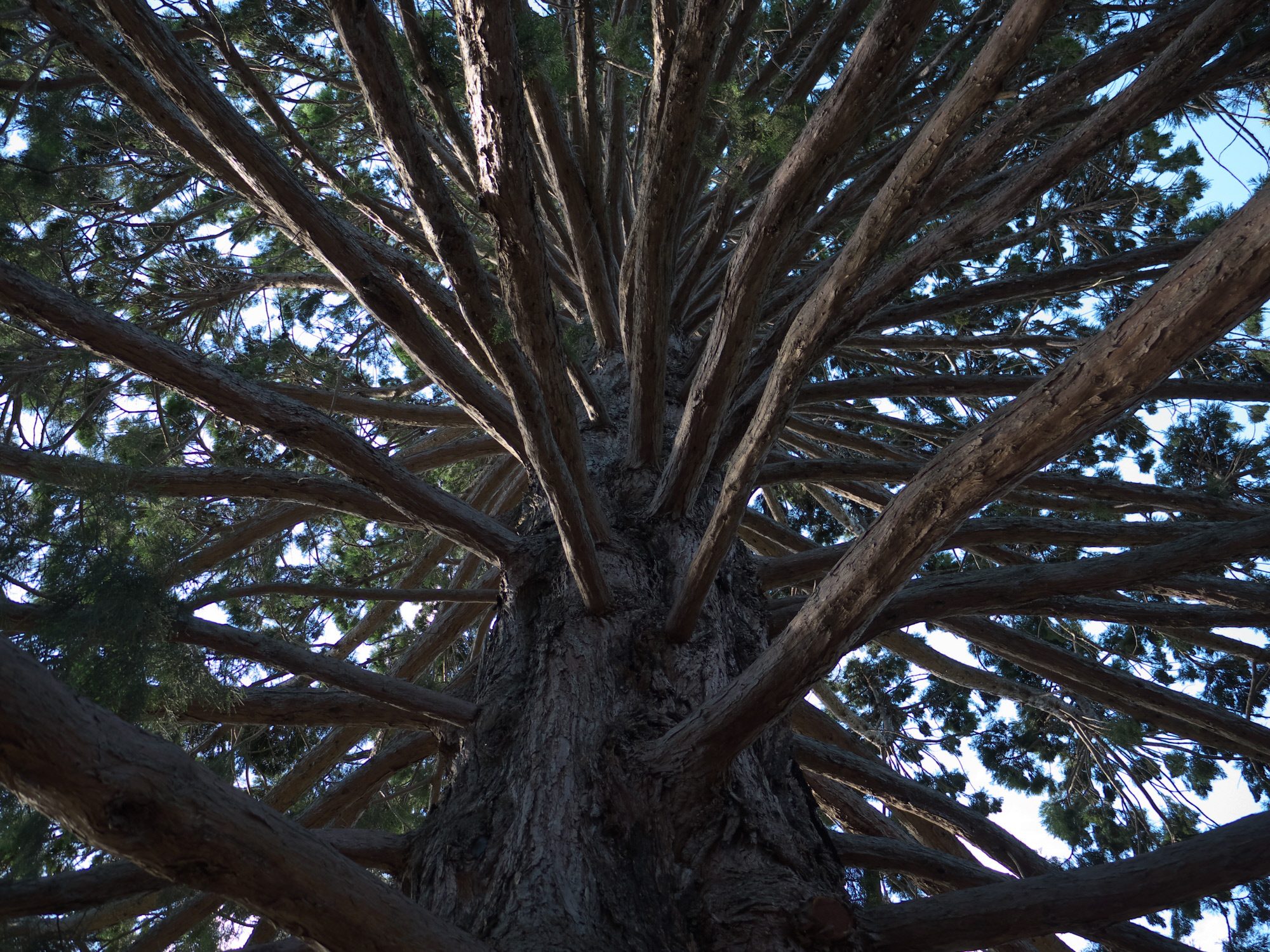
Caption: Xpda, CC BY-SA 4.0 https://creativecommons.org/licenses/by-sa/4.0, via Wikimedia Commons
Description: Dramatic upward view of a Giant Sequoia, highlighting tree care and the environmental impact of urban tree planting.
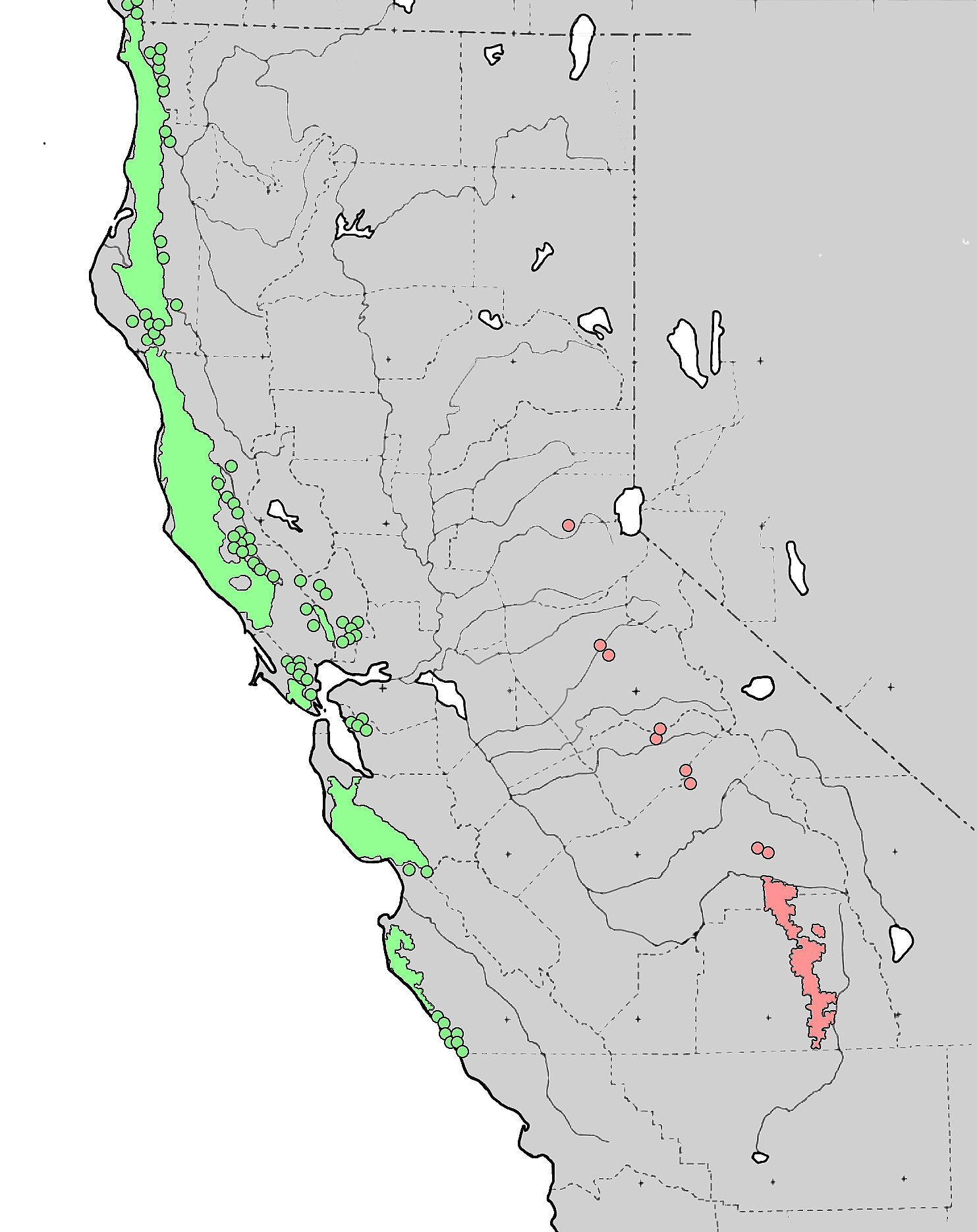
Caption: James R. Griffin & William B. Critchfield, Public domain, via Wikimedia Commons
Description: Distribution map of Giant Sequoia (Sequoiadendron giganteum), highlighting regions in California. Essential for tree care and environmental studies.
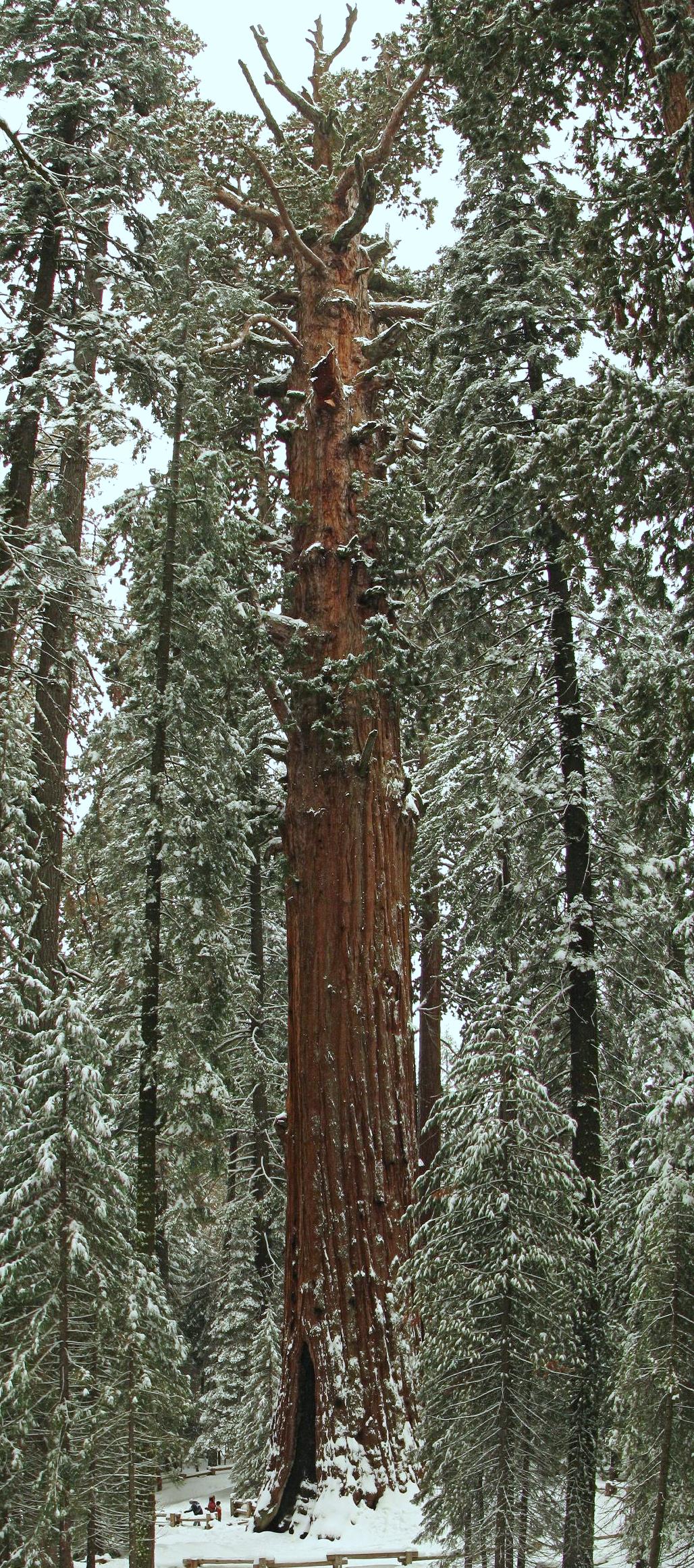
Caption: Stunning image of a snow-covered Giant Sequoia (Sequoiadendron giganteum) General Sherman.
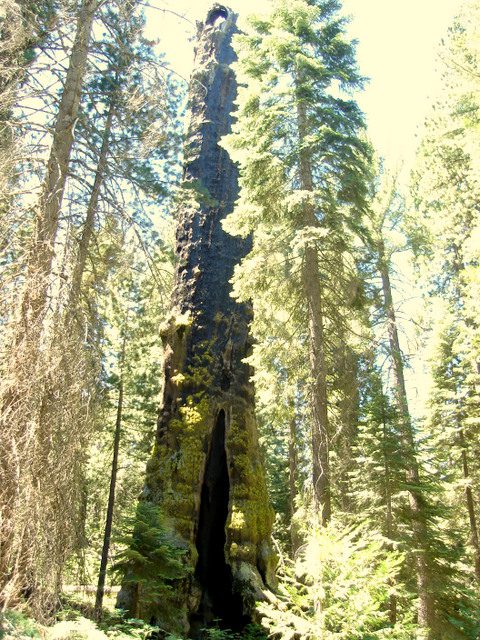
Caption: Bradluke22, Public domain, via Wikimedia Commons
Description: Charred Giant Sequoia stands resilient, showcasing environmental recovery and tree care, perfect for articles on forest health.
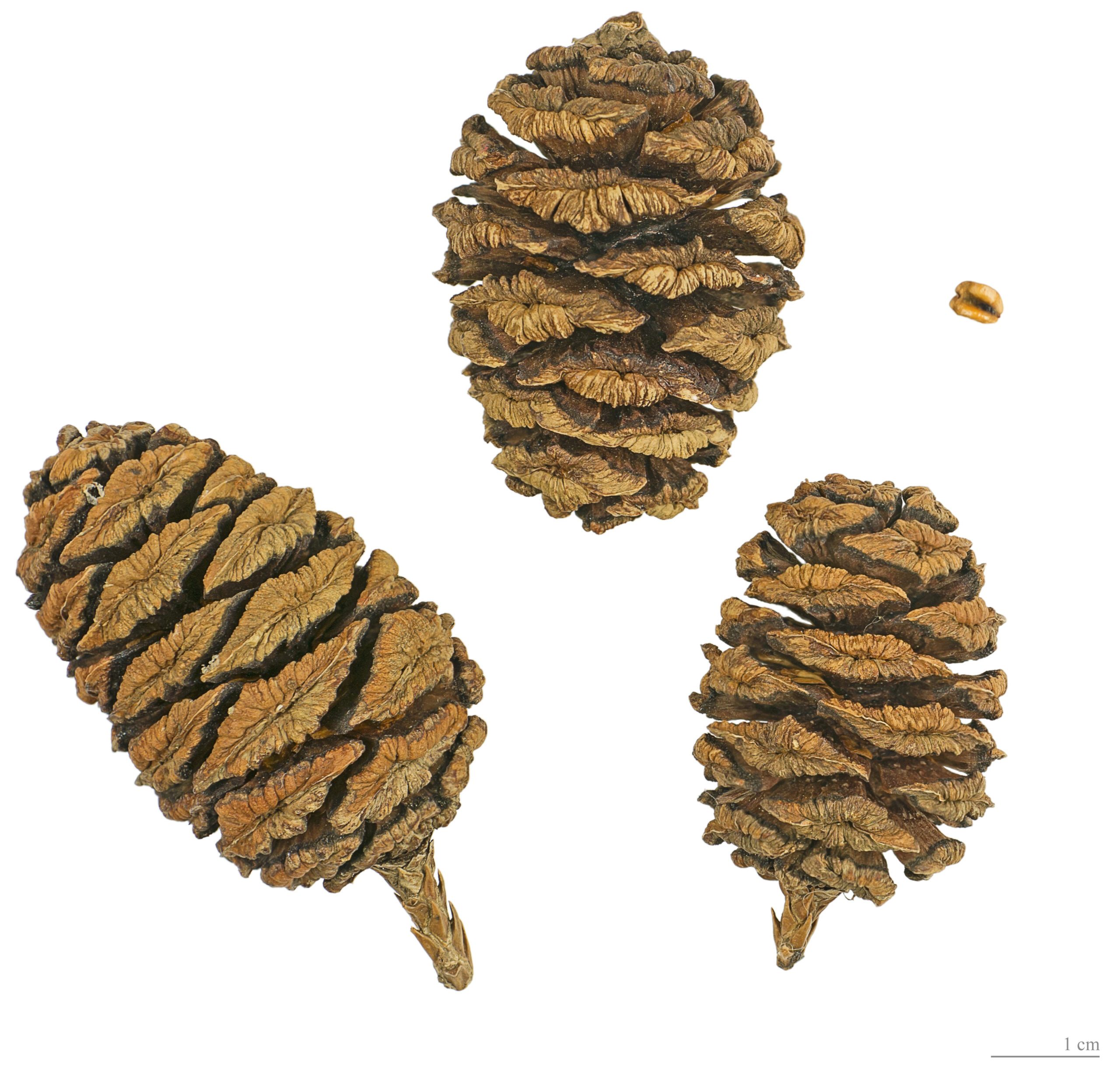
Caption: Muséum de Toulouse, CC BY-SA 4.0 https://creativecommons.org/licenses/by-sa/4.0, via Wikimedia Commons
Description: Detailed view of Giant Sequoia cones, ideal for articles on tree planting in Victoria B.C. and tree care tips.
Contact
Need Help with Your Giant Sequoia? If you’re looking for expert advice on caring for your Giant Sequoia or need professional tree services in Victoria, B.C., contact Victoria Trees today! Our team is dedicated to helping you keep your trees healthy and thriving.
Contact Us or call/text Scott at tel:2502209298 to schedule a consultation or service appointment.